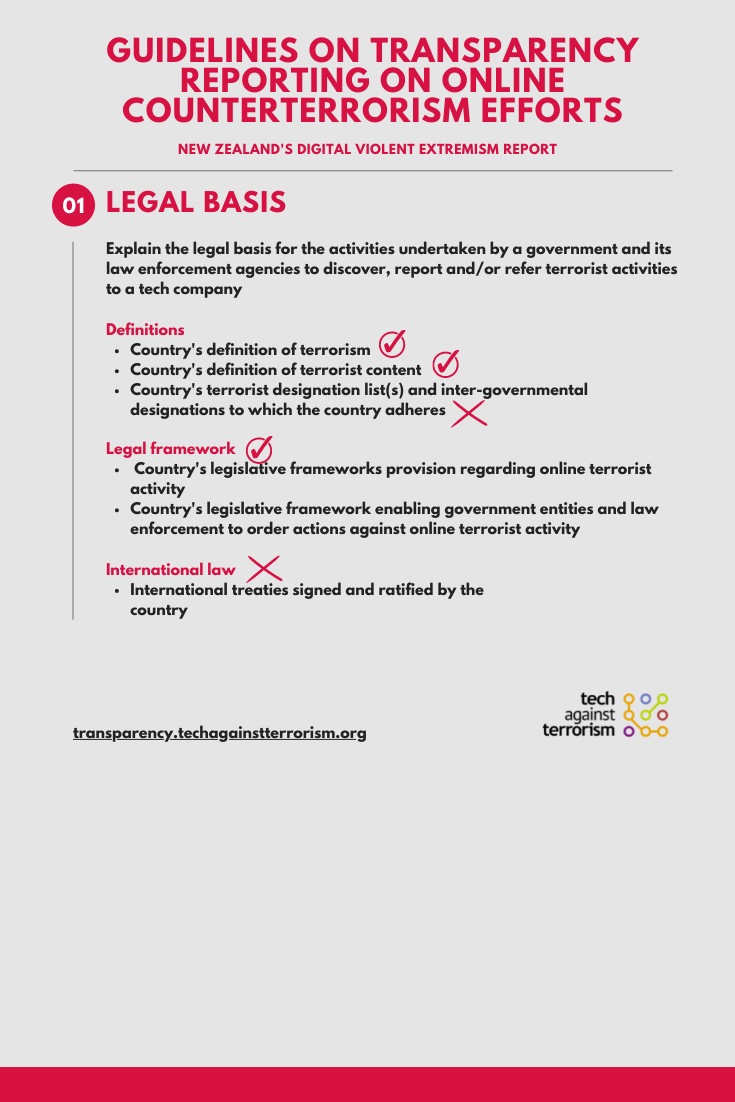The Disruption Report: July 2023
Tech Against Terrorism presents a new quarterly update outlining our effort to detect and disrupt the terrorist threat online.
1 min read
Adam Southey Jun 7, 2022 6:29:56 PM
7 June 2022
To read the report, click here.
We are delighted to publish our new report titled “A case study in Neo-Fascist Accelerationist Coalition Building Online”, which we have written in collaboration with the Center on Terrorism, Extremism and Counterterrorism at Middlebury Institute of International Studies at Monterey, US, and the Accelerationist Research Consortium (ARC).
This report provides an overview of two seemingly new formations of online networks of accelerationist and neo-fascist entities that emerged in early 2021 and are self-described Atomwaffen Division spinoffs. It also provides an understanding of how they behave online and speaks to the threats of offline violence they pose.
Tech Against Terrorism and CTEC collected and analysed data from channels and chats associated with these coalitions from June 2021 to February 2022. This data provides an unprecedented snapshot of the evolution of neo-fascist coalition-building and the ways that extremist actors strategically use communications (and sometimes expunge past messages) for propaganda purposes on Telegram and other online platforms. We augmented this primary data with context beyond the covered timeline. Throughout the report, we show that these coalitions are consequences of a pattern of activity that emerged within parts of the far-right extremist community years before.
Tech Against Terrorism identified 21 entities within this network over the period of June 2021 to February 2022. The network was densely populated by distinct but seemingly allied entities. A key feature of the network’s operation was the announcement of strategic partnerships between entities. Based on our analysis of domain records relating to websites run by entities within the network, we assess it to be likely that the apparent strength of this network may have been artificially inflated by its creators, who likely sought to make the network appear larger than it was.
Typical behaviors observed across the network include:

Tech Against Terrorism presents a new quarterly update outlining our effort to detect and disrupt the terrorist threat online.
1 min read
Tech Against Terrorism Transparency reporting for smaller platforms Transparency reporting is an important way for the tech sector to...
